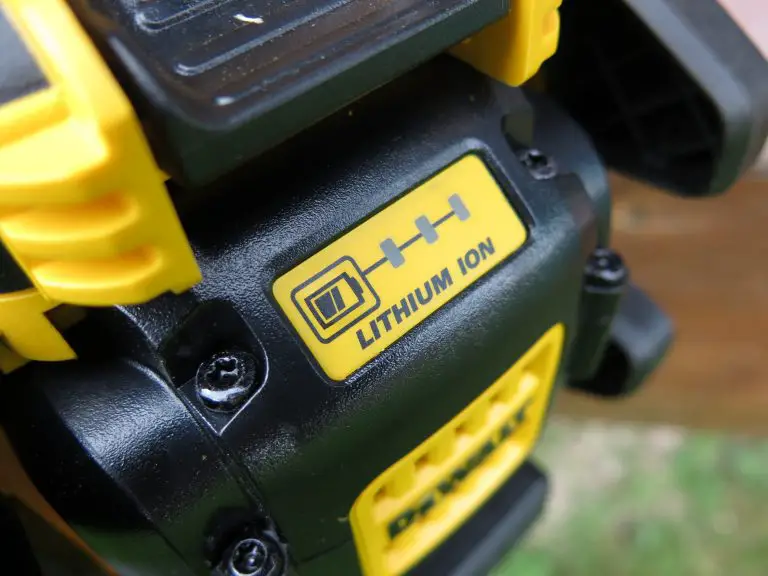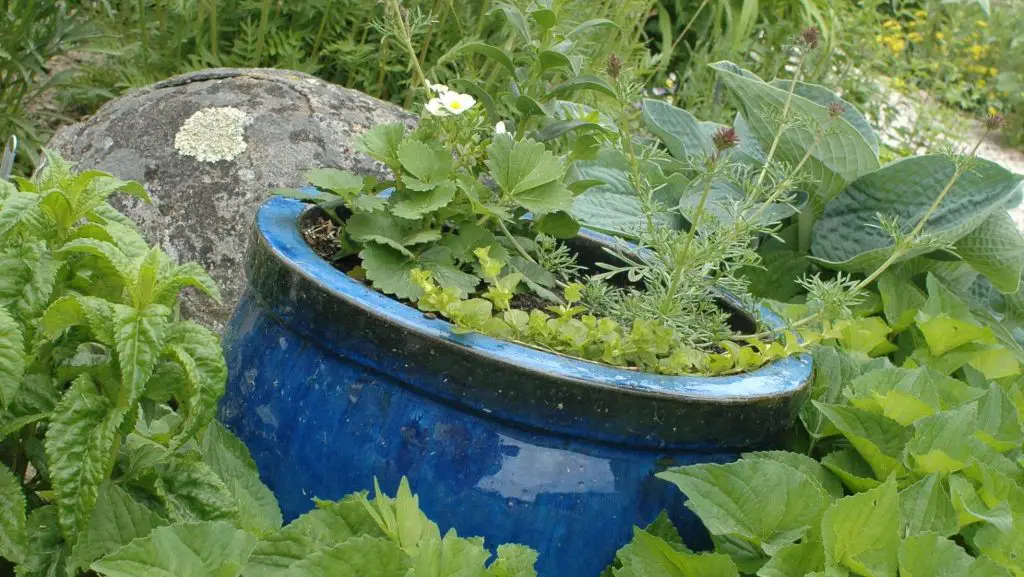
Container gardening is all about using flower pots, planters and hanging baskets as a regular part of flower garden beds. This article explains how we’ve learned do it at our place over the last 35 years. All photos here come from our homestead gardens on Bailey Line Road, Manitoulin Island, Canada.
Why Containers?
Why bother with containers? Gardening takes on a whole new attraction when you add height to the features you orchestrate alongside plant selection, spacing and horticultural management. Strategically raising some plants above soil level adds the dimension of altitude to your creative repertoire, and using pots, planters and hanging baskets is the most versatile way to make this happen. My wife and I have been growing annuals and perennials in outdoor containers strategically placed in our flower beds and rock gardens since 1987. Here’s a close look at what we’ve learned about gardening with containers in three dimensions over the last two decades.
Tip#1: Choosing Appropriate Containers
We’ve settled on five different kinds of containers at our place: traditional clay pots, structural foam pots, all-season plastic pots, reinforced concrete planters and coir-lined hanging baskets and window baskets. Each has unique strengths and weaknesses, and though they can all work together to create the kind of harmonious balance that makes for a good garden, you need to begin with a question: Will you bring your containers inside over winter, or keep them outside?

All outdoor gardening containers fit into one of two broad categories: those that require frost-free winter storage and those that do not. The kind of storage space you have determines the kind of containers you can use. Traditional, fired clay pots and ceramic containers look gorgeous, but break under the pressure of soil that expands as it freezes. That’s why they need to be stored over winter in a place that doesn’t drop below freezing. A basement or heated garage works well. So does a root cellar. Do you have a place like this? We keep our frost-sensitive pots in a root cellar that’s directly accessible from the outdoors. It’s more trouble to move these containers back and forth spring and fall, but worth it aesthetically.
Clay and ceramics are some of the most attractive gardening containers around. My favourite is made of non-glazed clay that’s developed the most exquisite growth of thin moss on the outside over the last ten years. That’s the pot you see here. Enameled clay pots are also beautiful in a refined way that looks great when surrounded by lots of foliage

If you don’t have a convenient place to store containers without freezing over the winter, then you’ve still got good options. A growing array of winter-tough outdoor pots are available, and these are for more than just lazy, space-strapped gardeners. The best also offer the option of using very large gardening containers that couldn’t be moved indoors practically even if you have the space. The largest we have measure about 32” tall and are made of resilient plastic that expands with frozen soil during winter. Some designs are light brown and smooth (reminiscent of fine clay), while others are rougher and look enough like coarse clay that you need to touch them to see that they’re actually made of very light weight structural foam. Smooth plastic containers are made to look like glazed clay pots, except that they can be left outdoors all year without any freeze protection
Reinforced concrete offers another type of winter-hardy plant container. The best look like stone, but are tougher. Synthetic strands worked into the casting yields a very strong structure that won’t crack. Simply add soil and plants, then leave them outdoors. In more than 10 years of using reinforced concrete planters, we have yet to find a single crack, even with pots that go into the winter filled with waterlogged soil.
Coir-lined hanging wire baskets and window boxes offer an under-appreciated container gardening option that offers three unique advantages. Coir is the name for fibres extracted from just underneath the outer shell of a coconut, and it’s used for ropes, mats, sacks, erosion control on river banks and inside wire-framed plant containers. Coir fibres are woven or molded into shapes that sit within specific metal frames. Each coir liner is replaceable, and lasts two or three years with care. They provide a much prettier alternative to those ordinary plastic hanging baskets, and they provide exceptional drainage. Although root growth and annual soil removal tends to reduce the thickness of coir liners, you can put thin, partially used liners inside new, thick ones before adding soil. This gets the most life out of each liner. We get two to five years use from each one.
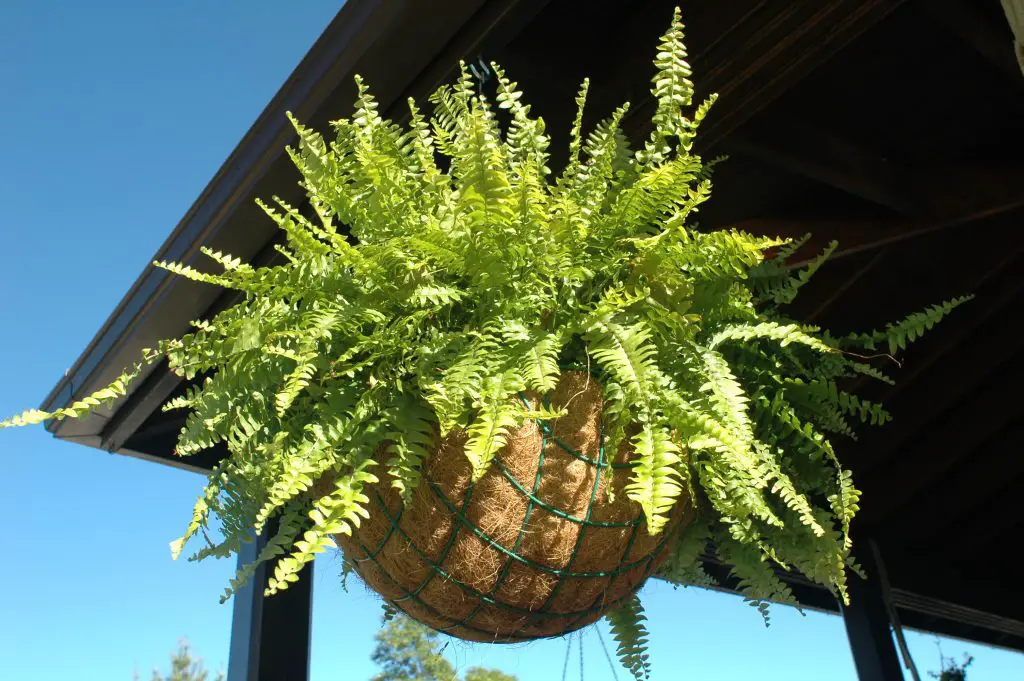
Tip#2: Manage Your Plants Differently
There are three ways that managing outdoor pots, boxes and hanging baskets is different than gardening in the soil: gardening containers dry out more quickly than ground soil, they lose nutrients faster and they often benefit from accessories that help raise plant growth higher.

Besides the obvious solution of watering garden containers more often, some include features to extend the time between watering sessions. Our largest, all-season plastic pots include a water reservoir in the bottom of the pot, installed before it was filled with soil. A corrugated filler pipe extends above the soil level for filling. Although this arrangement doesn’t eliminate the need for top-down watering, it does extend the time between waterings from several days to almost a week during hot summer weather.
Since water is continually draining nutrients out of pots, baskets and planters, nutrients get washed out of the soil, especially if you’ve filled your containers with the kind of light, fluffy soil that’s easy to work with. Clay holds on to nutrients better, but who puts that kind of gummy soil into pots? To get the best growth and most abundant blooms, water contained plants every two weeks with a weak solution of soluble fertilizer that’s rich in phosphorus. That’s the middle number of the three nutrient analysis numbers, and it promotes blooms.
Many plant pots do best visually when raised up off the ground on wood or flat rocks, especially when surrounded by large neighbours. Also, trellises are a great combination with containers, creating an impressive vertical display. Hops (that’s the plant you see here) work especially well for us in this way, but don’t be afraid to experiment. Gardening containers offers lots of great possibilities.
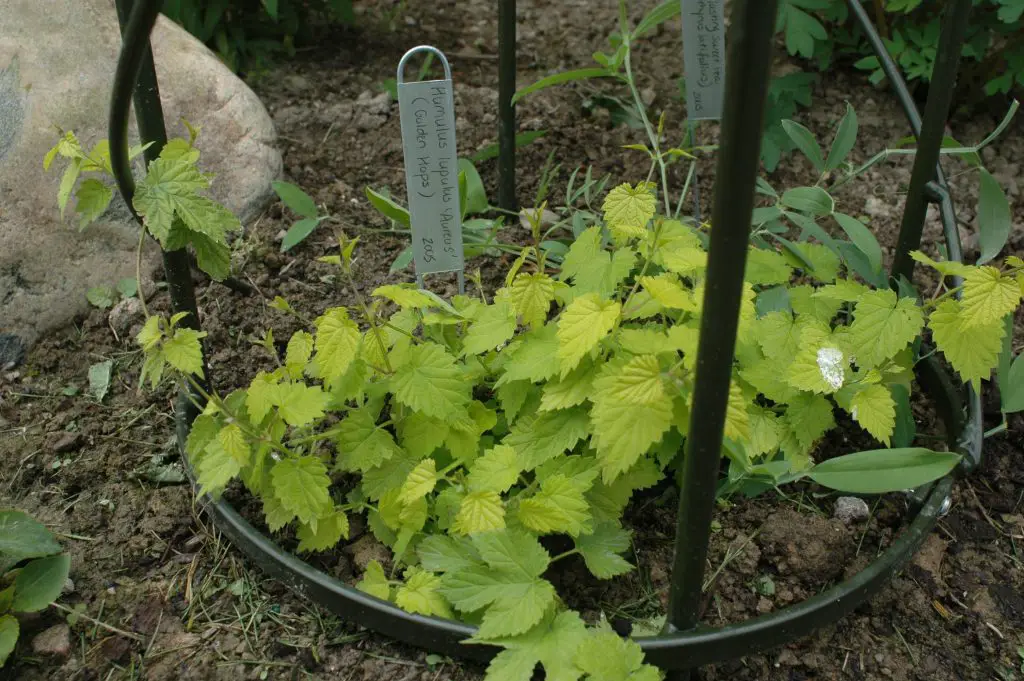
Tip#3: Migrate Seasonally
Plant pots full of soil are heavy and hard to lift because they’re so low to the ground, and this is where a hand dolly can help. The one we have has two air-filled wheels and an extra-large support lip at the bottom for holding the largest of our migratory pots. Use a strap clamp to secure large pots if you’re going up and down stairs. We also put a strap clamp around the perimeter of large, clay pots to give them extra support. Filled with soil they’re quite heavy, and the soil exerts a lot of outward force.
Tip#4: Extend Plant Life
Regardless of how harsh your slice of winter is, a root cellar can expand your ornamental gardening possibilities way beyond what nature allows. Root cellars aren’t just for potatoes, either. The trick is to take advantage of the opportunity for plant dormancy offered by a root cellar for managing annuals so they behave like perennials. At our place we regularly bring ivy, ferns and other flowering plants into our limestone root cellar before first frosts, extending plant life many years.
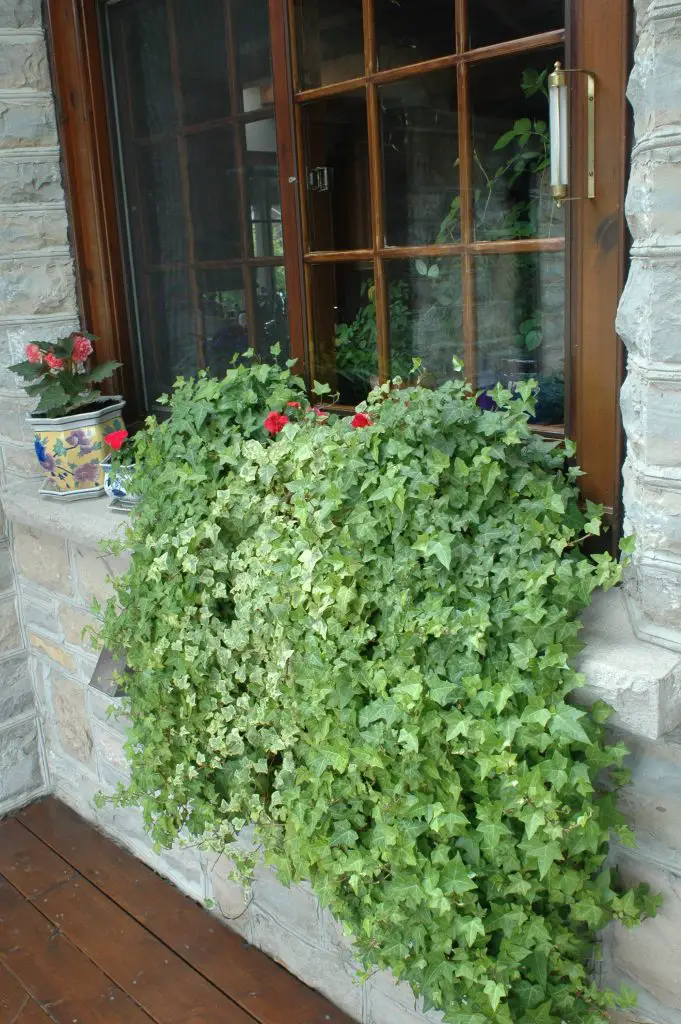
Besides saving time and money, cellaring ornamentals sometimes allows them to grow to proportions not possible with single-year plants. Our best ivy was a huge billowing beauty that lasted six seasons before dying of old age. A temperature of 2ºC to 4ºC and a humidity of 75% to 95% is ideal for plant dormancy. Under these conditions water plants every 3 to 5 weeks. Root cellars are also great places to store bulbs that won’t make it through the winter where you live. We store ours on top of soil stored pots that have no plants
Tip#5: Composting In a Container
Every garden needs a compost bin, not only as a destination for garden trimmings but also as a source of nutrients. Few people realize how much beauty the compost container can bring to your garden when it becomes a structure for vertical plant growth. In 1995 we planted climbing plants around the walls of our two-sided cedar compost bin, and the rich, green growth not only hides the composting process, but turns nutrient run-off into prominent beauty.

Tip#6: Ensure Adequate Drainage
Not all plant pots come from the store with drainage holes in the bottom, but all definitely need them. Without the ability to drain, water will saturate the soil in the bottom of a pot and drown roots. Use a 1/2” diameter spade bit in a drill to bore holes in plastic and structural foam pots, a carbide drill made for glass to bore into ceramics and a masonry bit for reinforced concrete containers. You’ll get best drainage action of you fill the bottom few inches of the pot with crushed stone or pebbles before adding soil.
One of the great sources of joy in life involves bring beauty to the world. This is the motivation behind gardening for us here on Bailey Line Road. Perhaps this post will prompt you to try some container gardening at your place. I think you’ll like it.










